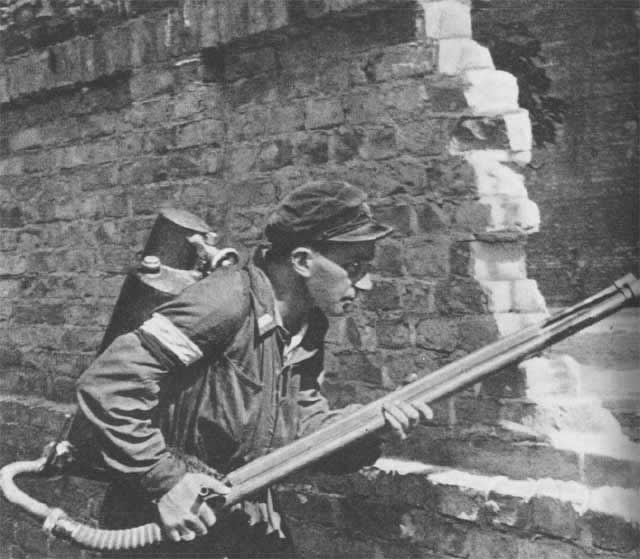This Day in History – 29 Tammuz/ August 1
29 Tammuz
In 5701/1941, the Nazis murdered all the men of Grodz, Lithuania.
Yahrtzeiten
4865/1105, Rabbeinu Shlomo Yitzchaki, Rashi HaKadosh
5372/1612, Harav Avraham Shaar Arye of Porto Leone, mechaber of Shiltei Giborim
5591/1831
Rav Moshe of Zaloshin, Zy”a, The Mishpat Tzedek
Rav Moshe was born in 5549/1789. His father was Rav Gershon. His mother, Esther, was the daughter of Harav Yechiel Michel of Zaloshin, zt”l, a great talmid chacham and head of a family of distinguished sons and sons-in-law.
Much about Rav Moshe’s life is clouded in obscurity; there are significant gaps in our knowledge of his family background and his early years.
From a young age, Rav Moshe’s fierce love for Hashem and for his fellow Jews was apparent. Harav Ephraim Zalman Margulies, zt”l, wrote in his haskamah to Rav Moshe’s Tikkun Shabbos, “I have heard that he has an outstanding reputation — his name and community are known all over — that from his childhood he was dedicated to wholehearted service of Hashem and since his youth he has applied himself to Torah and avodah.”
Rav Moshe’s tefillos were emotional outpourings, of the soul, uttered slowly and with care as he articulated each word. He often led the tefillah on Shabbos and Yom Tov, in particular on the Yamim Nora’im.
Rav Moshe was an ardent advocate of immersing in the mikveh, fervently extolling the practice in his Mishpat Tzedek.
He was extremely sensitive to others’ suffering. On seeing a fellow Jew weighed down by troubles, he directed his energies to providing relief, whether of a monetary, physical or emotional nature. When this did not suffice he would speak to the individual at length, using his special gifts of expression to ease the pain, provide comfort and encourage hope for a yeshuah from Hashem.
Another mitzvah close to his heart was enabling poor brides to marry. On one occasion he set out on foot for Warsaw to raise funds for a bride whose father was unable to provide her with a dowry.
He made a point of serving as a mohel in Zaloshin and the surrounding villages. He would walk long distances in order to perform this mitzvah.
Rav Moshe’s originality was also apparent in the sefarim he wrote. In the introduction to Mishpat Tzedek, he explained that he was led to write the sefer upon seeing how many of his fellow Jews were unable to come to terms with the various kinds of suffering that they experienced. They were unaware of the positive aspects of suffering and that it is for the sufferer’s ultimate benefit. The sefer is full of teachings on accepting suffering lovingly, with many related pieces on Torah, tefillah and avodas Hashem in general, and customs and tefillos for times of distress.
Rav Moshe did not live to see his sefer completed. He was niftar on Erev Rosh Chodesh Av 5591/1831, when he was just 42 years old. The sefer was edited by his close disciple, Harav Yisroel Ze’ev of Zaloshin, zt”l, who published it after his Rebbi’s petirah.
His other sefarim are Tikkun Shabbos and Geulas Yisrael.
Zechuso yagen aleinu.
August 1

In 1876, Colorado was admitted as the 38th state.
In 1907, the U.S. Army Signal Corps established an aeronautical division, the forerunner of the U.S. Air Force.
In 1914, Germany declared war on Russia at the onset of World War I.
In 1944, an uprising broke out in Warsaw, Poland, against Nazi occupation; the revolt lasted two months before collapsing.
In 1957, the United States and Canada announced they had agreed to create the North American Air Defense Command (NORAD).
To Read The Full Story
Are you already a subscriber?
Click "Sign In" to log in!

Become a Web Subscriber
Click “Subscribe” below to begin the process of becoming a new subscriber.

Become a Print + Web Subscriber
Click “Subscribe” below to begin the process of becoming a new subscriber.

Renew Print + Web Subscription
Click “Renew Subscription” below to begin the process of renewing your subscription.



